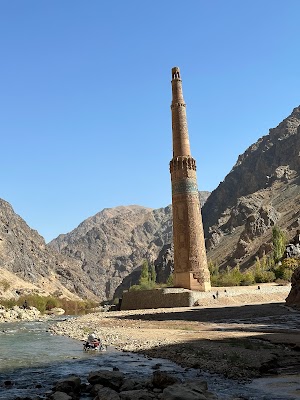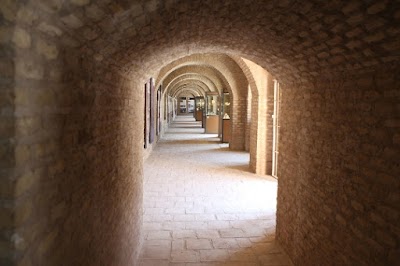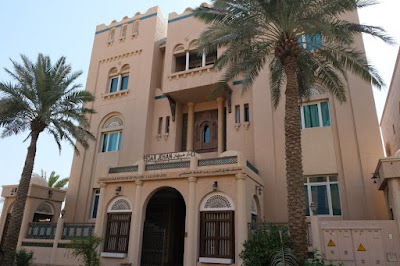Fort of Herat (قلعه هرات)
Overview
Introduction to Fort of Herat
The Fort of Herat, known locally as قلعه هرات, stands as a majestic testament to Afghanistan's rich history and architectural grandeur. Nestled in the heart of the city of Herat, this fortification dates back to ancient times, with origins believed to extend over 2,500 years. Its strategic location has made it a pivotal military stronghold throughout various empires, from the Achaemenids to the Timurids, and it remains a symbol of resilience and cultural heritage in Afghanistan.
Architectural Significance
The fort's architecture is a remarkable blend of Islamic and Persian styles, showcasing high mud-brick walls that rise dramatically against the skyline. Measuring approximately 1,000 meters in length and 700 meters in width, the fort is surrounded by a moat that once served as a defensive barrier. Travelers will be captivated by the intricate details of its towers and gates, each adorned with traditional tile work and carvings that narrate stories of a bygone era. A stroll around the fort allows visitors to appreciate the stunning views of the surrounding landscape, including the majestic mountains that cradle Herat.
Historical Context
The Fort of Herat has witnessed countless battles and transformations throughout its storied existence. It has been a crucial site during the rise and fall of empires, including the Safavid and Mughal empires. During the 19th century, it played a significant role in the Great Game, a political struggle between the British Empire and Tsarist Russia. Today, as a UNESCO World Heritage site, the fort stands not only as a relic of military might but also as a cultural landmark, inviting travelers to explore the layers of history that have shaped Herat.
Visiting the Fort
For foreign travelers, visiting the Fort of Herat is an enriching experience that offers a glimpse into Afghanistan's architectural brilliance and historical depth. The site is open to visitors, and guided tours are often available, providing insights into the fort's past and its significance to Afghan identity. As you wander through the ancient corridors, you may encounter local artisans and vendors selling traditional crafts, allowing for a wonderful opportunity to engage with the vibrant culture of Herat.
Practical Tips
When planning your visit, it is advisable to dress modestly, respecting local customs and traditions. The best time to explore the Fort of Herat is during the spring and autumn months when the weather is mild. Ensure you have a local guide or join a tour group to enhance your understanding of the site. Keep your camera ready, as the stunning vistas and intricate details of the fort will beckon you to capture the moment.
Conclusion
The Fort of Herat is more than just a historical monument; it is a living testament to the enduring spirit of the Afghan people and a must-visit for anyone traveling to Afghanistan. Its towering walls and storied past will leave you with a profound appreciation for the complexities of this extraordinary nation. As you explore the fort, allow yourself to be transported through time, witnessing the blend of cultures and histories that have shaped Herat into the vibrant city it is today.





